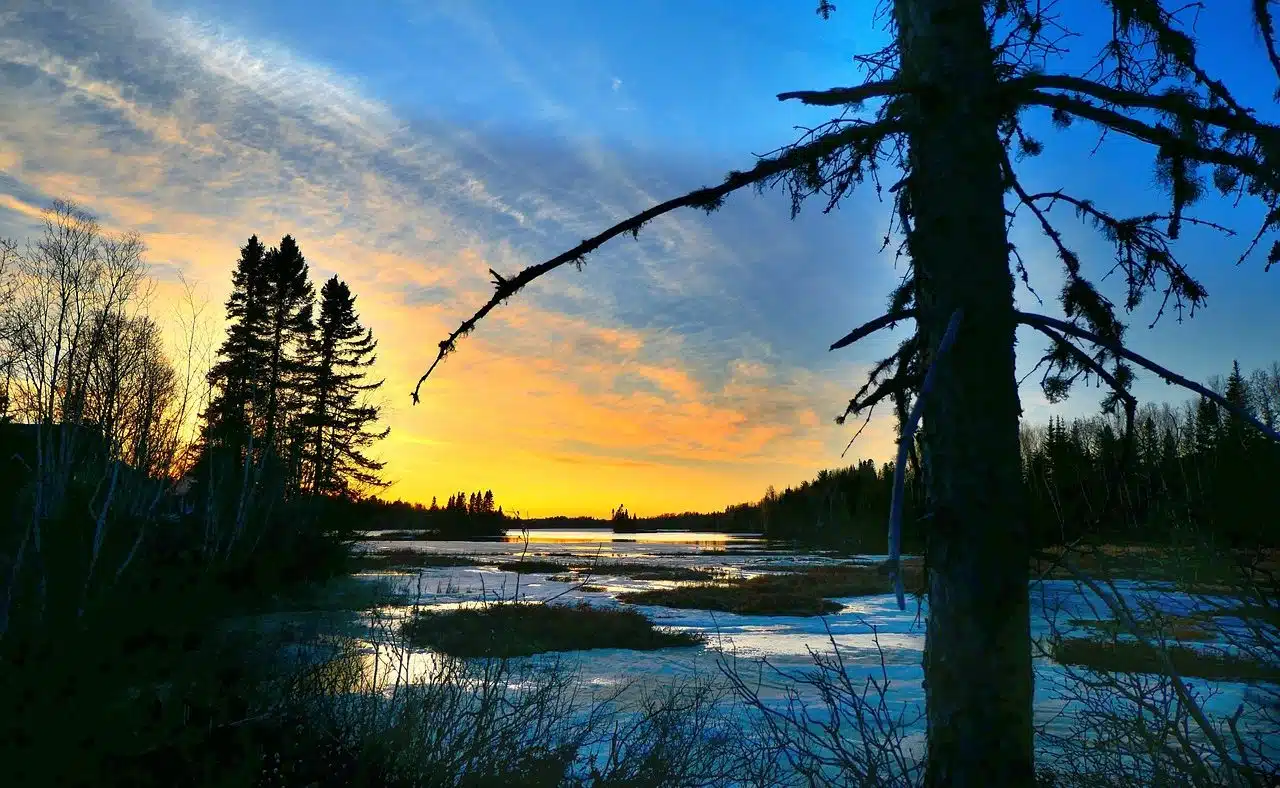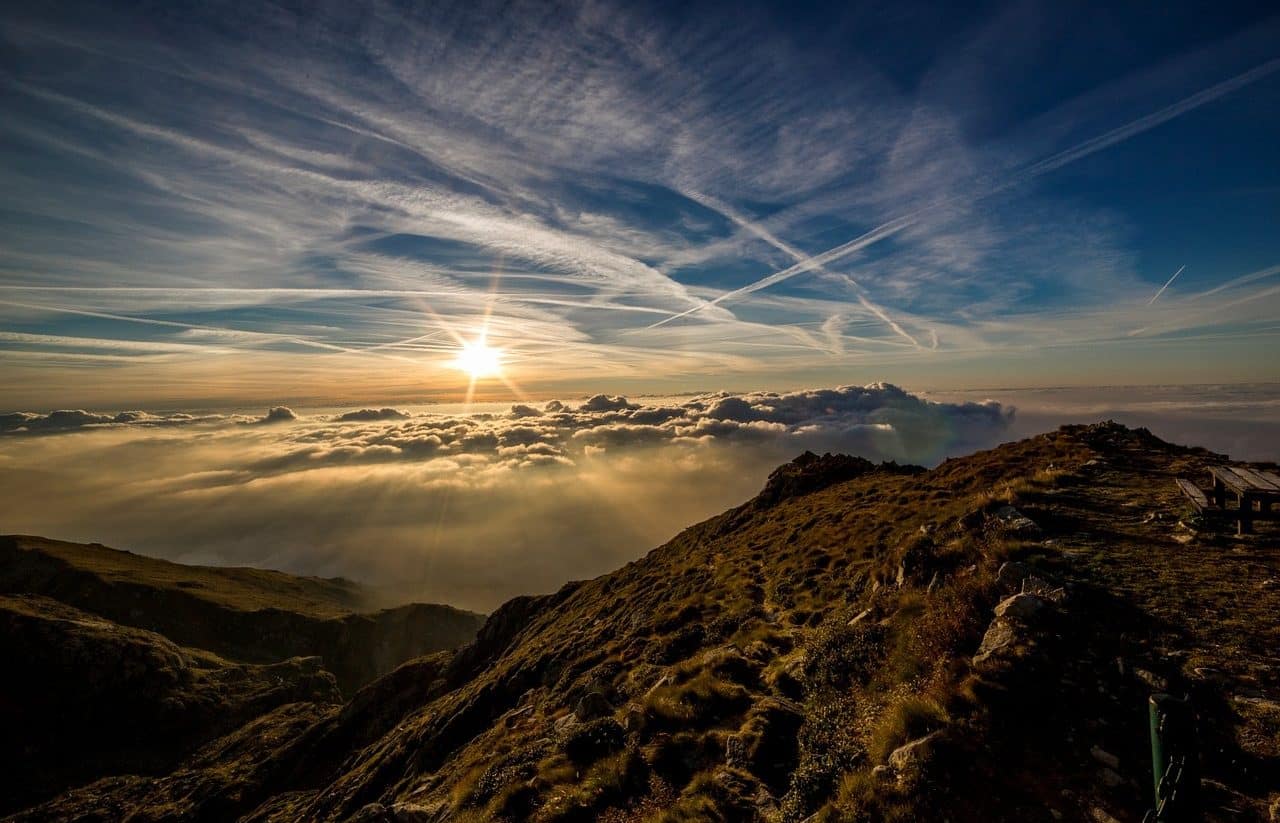
The natural region is an area whose delimitation is made by physical geography.
A natural region is an area whose delimitation is fixed by physical geography . The territory that is considered a natural region exhibits a certain uniformity in terms of its climatic conditions, its vegetation and its relief.
It should be noted that region is a word that comes from royal Latin. It is a territorial fragment that differs from the rest due to certain particular characteristics, whether climatic, geographical, administrative or other types. Natural , for its part, is that linked to nature .
The boundaries of a natural region are ultimately established by man arbitrarily. In nature there are usually no exact limits: vegetation and climate conditions do not change from one meter to another, but do so gradually. In this way, delimiting a natural region ends up being a decision that human beings make in a conventional way.
Types and examples of natural regions
An example of a natural region is the so-called Pampas region , which extends through various provinces of Argentina , Uruguay and Brazil . It is a steppe with a temperate climate that, in general, lacks high elevations.
Just as the Pampas region is a natural region where the plain predominates, there are natural plateau regions and natural mountain regions . In each case, the characteristics of the region and also the living beings that inhabit it vary. The animals that live in a mountain region are not the same as those that live on a plain or even a plateau.
One type of natural region is the orographic region, which is determined by the relief that predominates its surface. Within this group are the following types of natural region:
- Mountain region : the Himalayas, the Alps and the Andean region, among others.
- Plains region : Los Llanos (Colombia and Venezuela), Pannonian Plain (Hungary), Grandes Llanos (North America) and La Pampa (Argentine Republic), to name a few examples.
- Plateau region : Andean plateau, Mexican plateau, Tibet plateau , Venezuelan Guiana.
- Hilly region : the Midlands (England), the Ardennes (Belgium) and the Vosges (France), for example.

A natural mountain region is characterized by its elevations.
The importance of climate
When the determinant of the limits of a region is the climate , we speak of a climatic region , although in this case the descriptions are not as precise as in the reliefs, since the parameters and terms used are less tangible, so to speak, and more arbitrary.
To describe a climate it is possible to divide the planet into strips, zones or belts of latitude, which are drawn between each pole and the equator, and to understand them it is necessary to consider the circulation that takes place both in the troposphere (the lower atmosphere) and in the stratosphere (the upper atmosphere) of each of them. It is worth mentioning that the phenomena of the latter were not known until the invention of certain technologies, such as artificial satellites, flights at high altitudes and balloon probes.
Other natural regions
On the other hand, there is a type of natural region known as phytogeographic , which is based mainly on the preponderance of certain plant formations. The determination of a phytogeographic region is useful, for example, when planning the extension or improvement of these formations for their exploitation in the economic field, and this occurs in the following cases: fire prevention, natural pasture areas , timber forests, etc.
Zoogeographic regions , for their part, are created by paying attention to the distribution of mammalian animals. In the geological period known as Triassic , which began more than 250 million years ago, the first mammals appeared, and after the disappearance of the dinosaurs they began to occupy their respective habitats and evolve. Its distribution is a more precise reflection of geographical barriers than that of plants.
